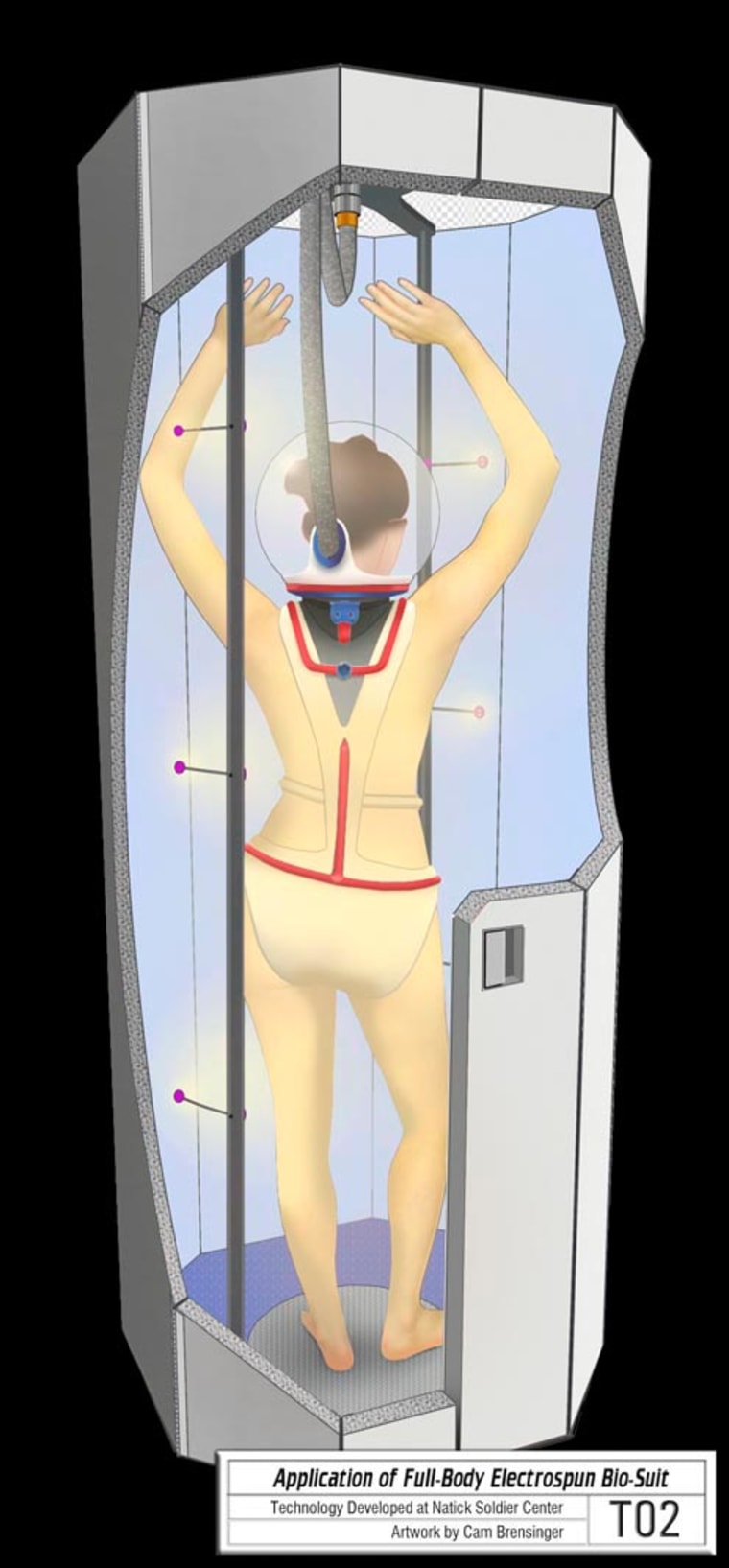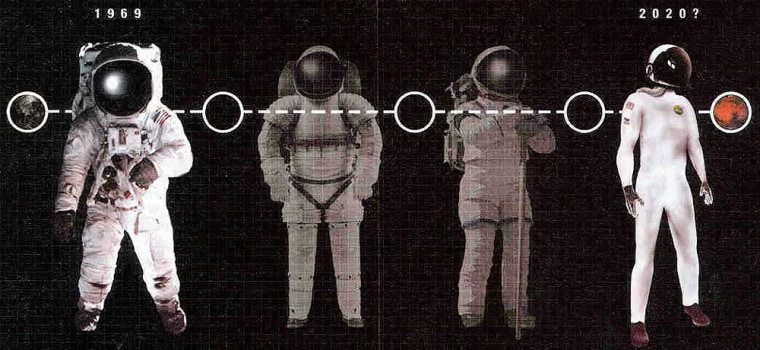When a presidential commission analyzed NASA's goals for space exploration, it said the space agency should create an "incubator for cutting-edge technologies and concepts," playing a role similar to that of the Pentagon's Defense Advanced Research Projects Agency.
Fortunately, space planners already have the nucleus for such an effort, known as the NASA Institute for Advanced Concepts, or NIAC. Lunar researcher Paul Spudis, a member of the presidential commission, made sure he got in a plug for the little-known organization.
“There was a discussion about DARPA as a way to get crazy ideas into technical currency, and people said we need to have a ‘NARPA,’ a NASA Advanced Research Projects Agency,” Spudis recalled. “I said, ‘Well, NASA already has one, something called NIAC, which basically funds crazy ideas, and hopefully some of those crazy ideas will eventually emerge in some future technical implementation.’ ... It was thought that that was an important activity.”
You don't hear about the 6-year-old Atlanta-based institute as much as you do about space shuttles or Mars probes. But across the country, NIAC's research fellows are churning away on crazy ideas that could become positively ho-hum in decades to come.
This week, NIAC's leaders and research fellows met in Seattle to review some of those crazy ideas: skin-tight spray-on spacesuits for a trip to Mars ... static-electricity fields that would protect future lunar bases from space radiation ... even a lunar lab that could develop microbes for terraforming Mars.
Two phases for research
NIAC is managed for NASA by the Universities Space Research Association, and relies upon a peer-review process for selecting grant recipients. The research projects go through two phases: In the first round, proposals receive up to $75,000 for a six-month study. The most viable of those projects go on to Phase 2, where they receive as much as $400,000 for two years of study.

The spray-on spacesuit is part of a Phase 2 study on new mobility technologies for future astronauts. Project leader Dava Newman, an aerospace engineering professor at the Massachusetts Institute of Technology, pointed out that NASA's 300-pound (136-kilogram) spacewalk suit may be fine for working in weightlessness, but just won't do for walking around Mars.
Her research group has been looking at the possibility of spraying a layer of polymer fabric over an astronaut, in a booth much like those used for getting a spray-on suntan. The "second-skin" suit could be augmented by temperature-control underwear, flexible joint attachments and perhaps even an exoskeleton.
Such a spacesuit could require decades to develop, but a partial payoff may come more quickly. For example, Newman said her NASA-funded research into exoskeletons could be incorporated into better prosthetic limbs here on Earth in the next year or two.
Short-, medium- and long-range visions
Now that NASA is planning for a return to the moon by 2020, with an eye toward eventual manned trips to Mars, long-range research is getting a lot more attention from agency officials and researchers. And NIAC is by no means the only game in town: The agency's newly created Exploration Systems Mission Directorate is focusing on the successor to the space shuttles as well as the possibilities for nuclear power in space, and its Centennial Challenges program plans to offer X Prize-type incentives for spaceflight technologies.

NIAC's director, Robert Cassanova, believes there's room for all these technology development programs — and more, besides. The space agency could well create a new organization, more closely modeled on DARPA, to help turn the research pioneered by NIAC into reality, he said.
"A DARPA-like organization might be that interface between NIAC and the rest of NASA," he told MSNBC.com.
But even if a new NARPA were created, there would still have to be a place for the ultra-long-term research that NIAC facilitates, he said.
"We're trying to keep our position, where we are defining new approaches, not just jumping onto the bandwagon for the current NASA plan — which is a very good plan," he said. "But we're looking to stretch beyond that and define some new options that NASA could possibly use at some point in the future."
He pointed to the rising interest in the space elevator concept as one of NIAC's success stories.
"NIAC gave the space elevator this visibility, and planted the seed, and looked at the questionable aspects of it, and saw that it was feasible," Cassanova said. "So this attracted lots of investors."
